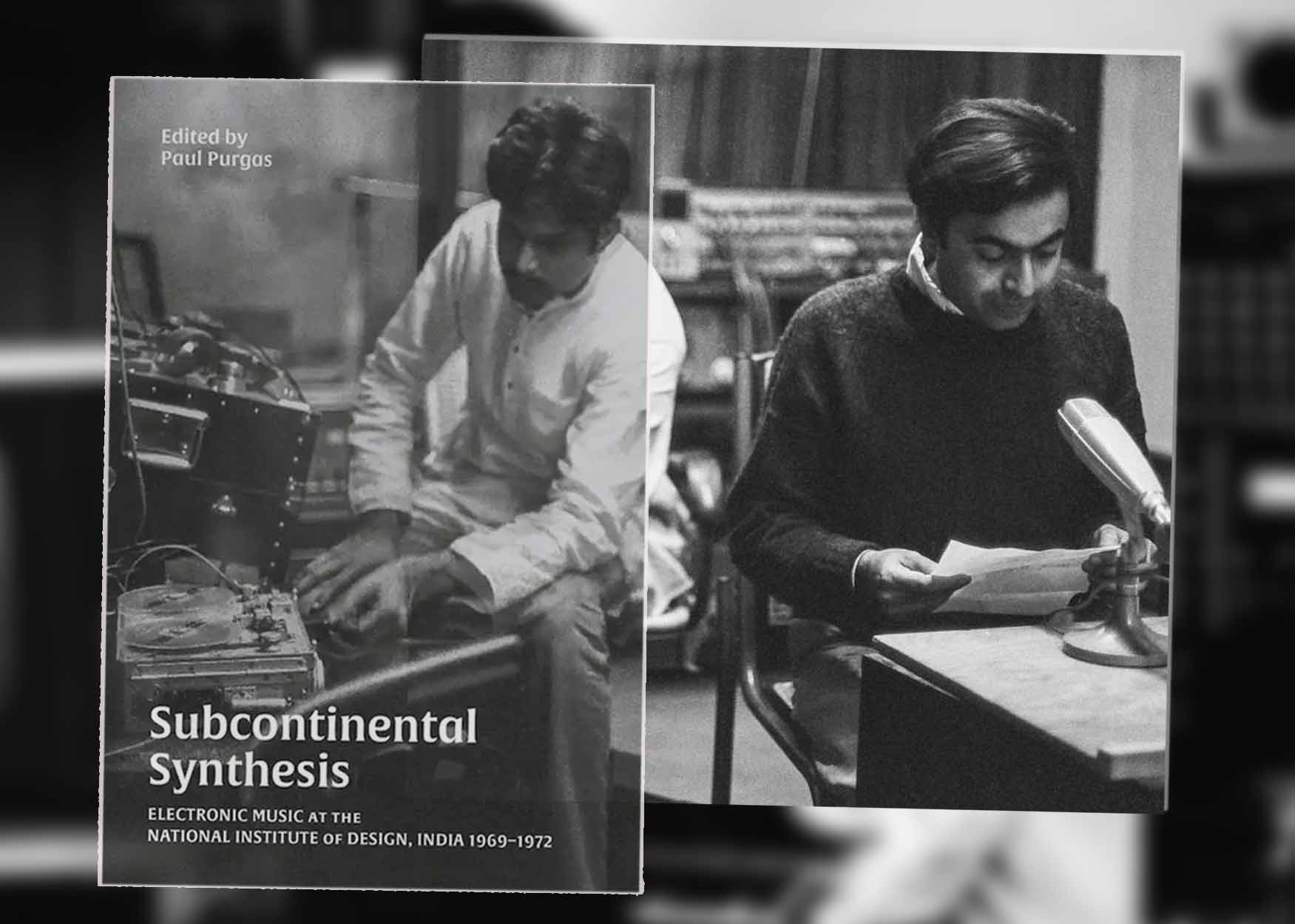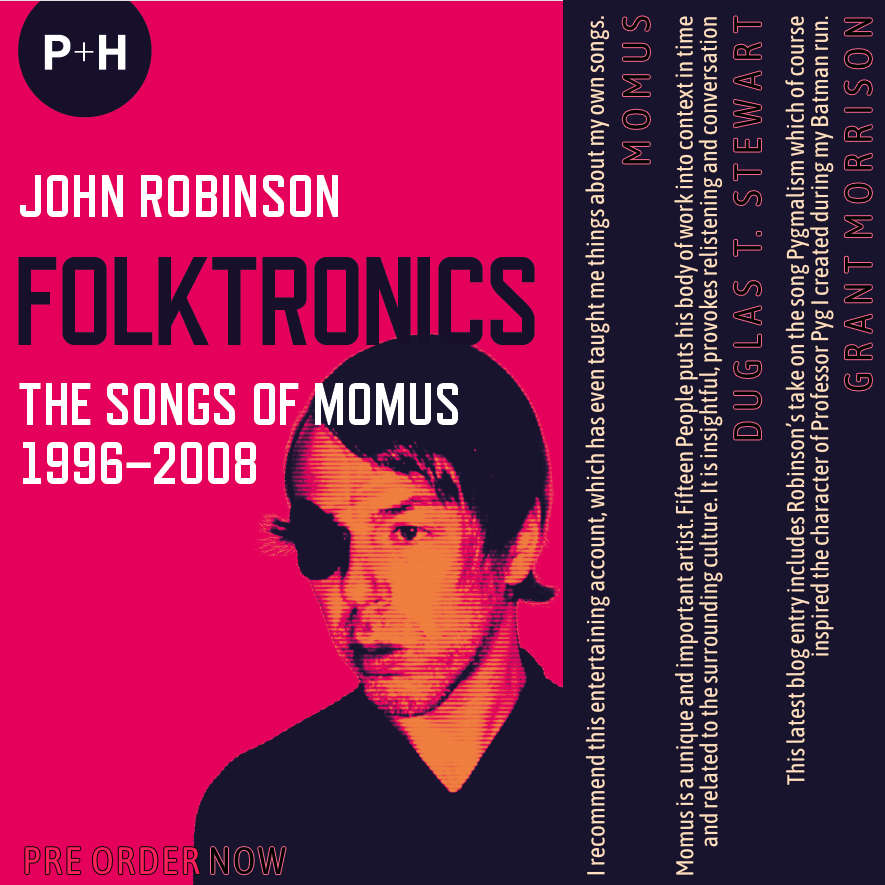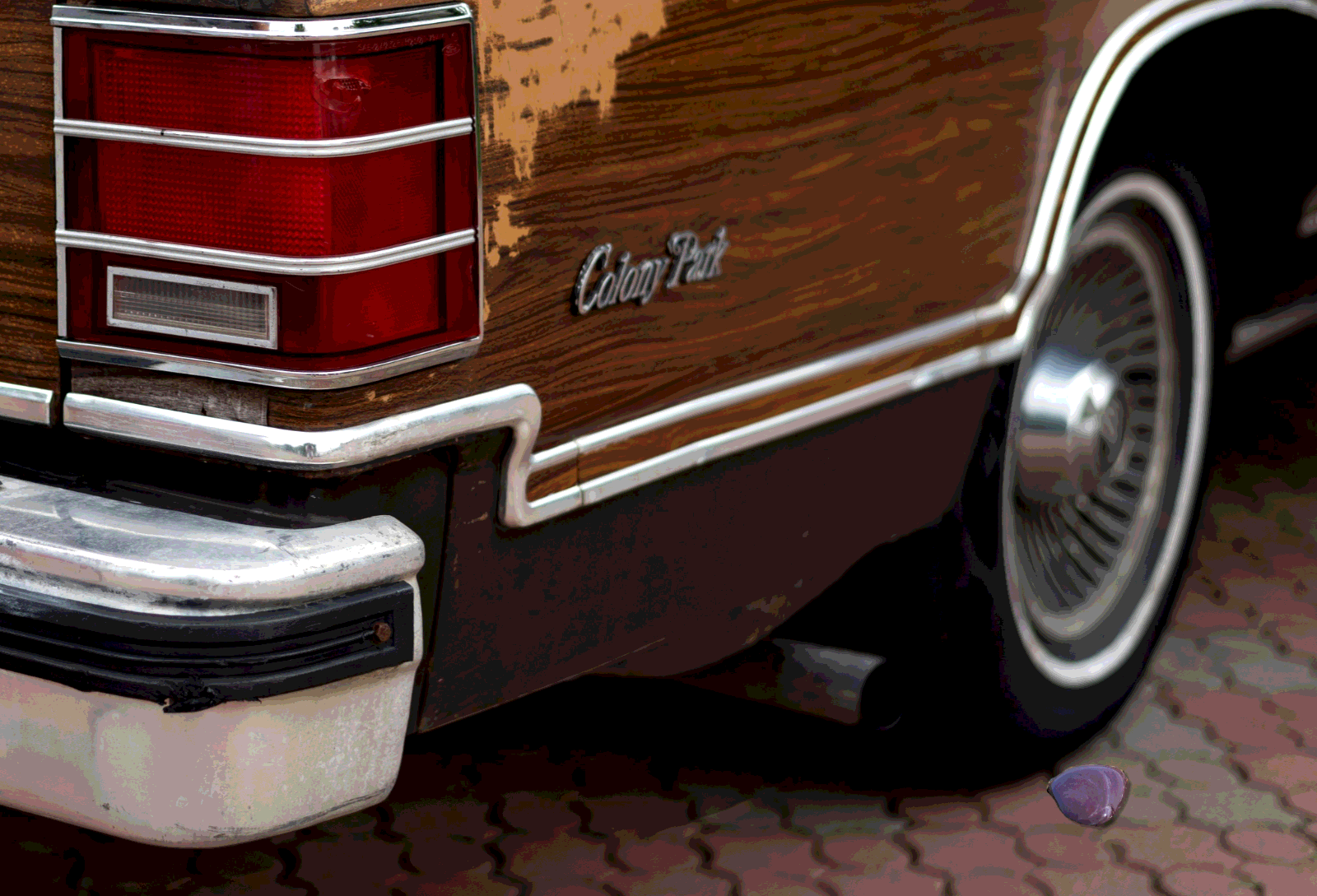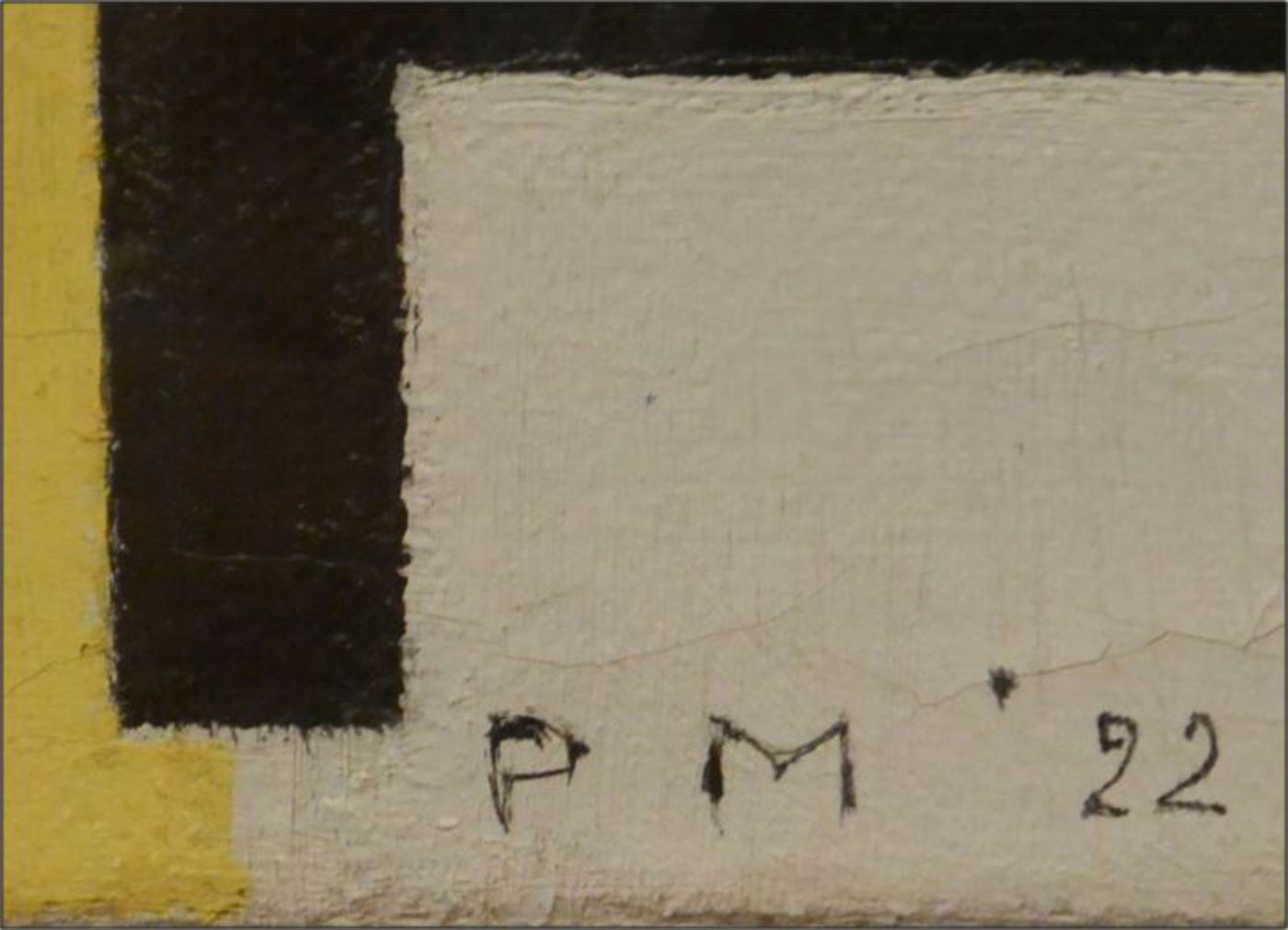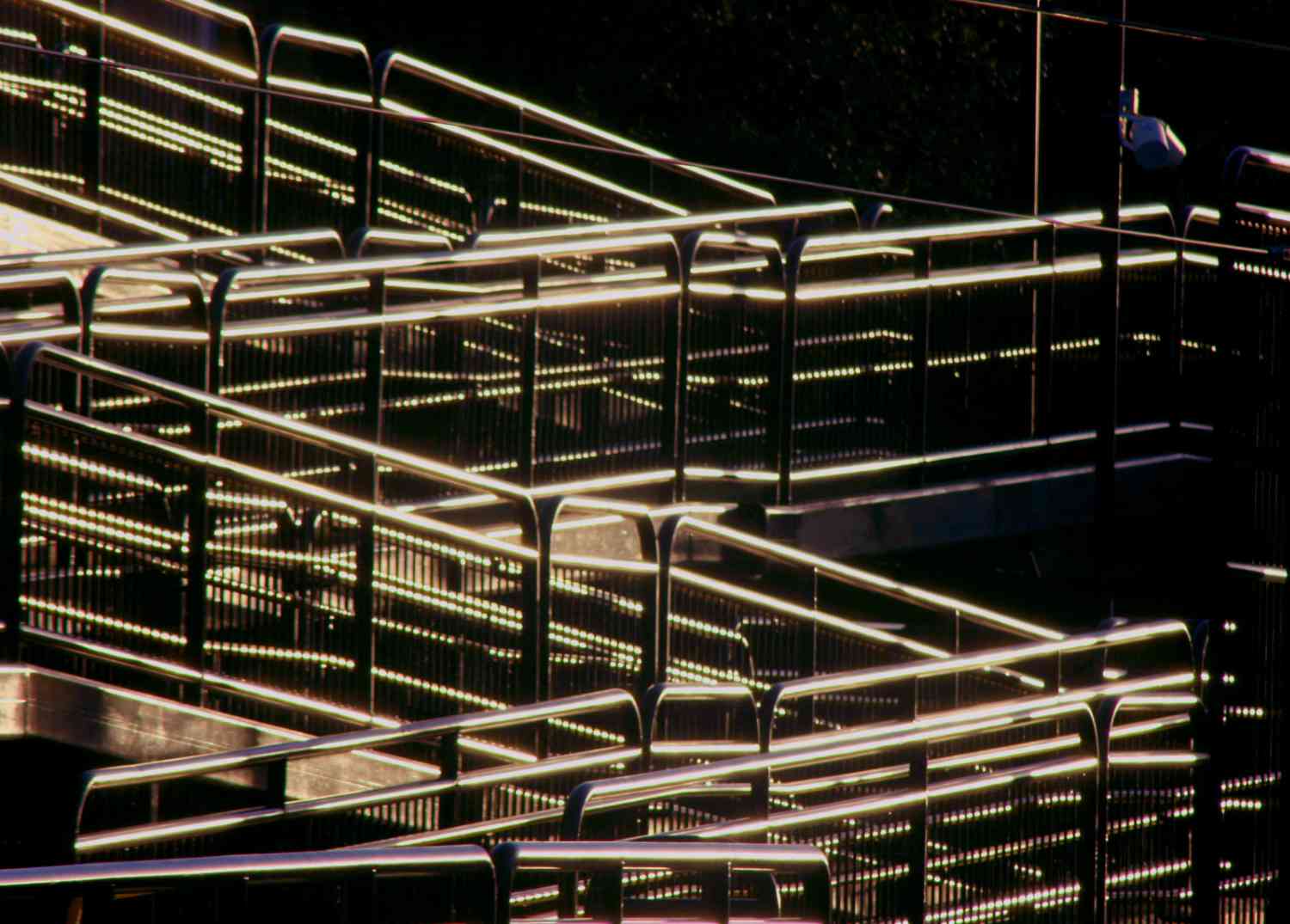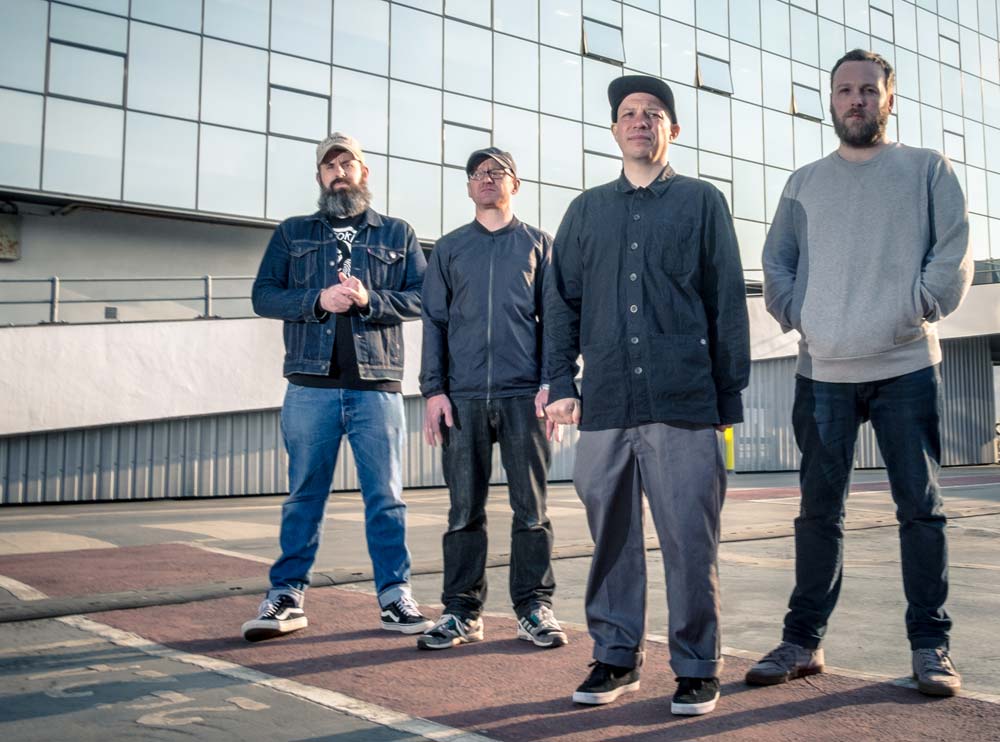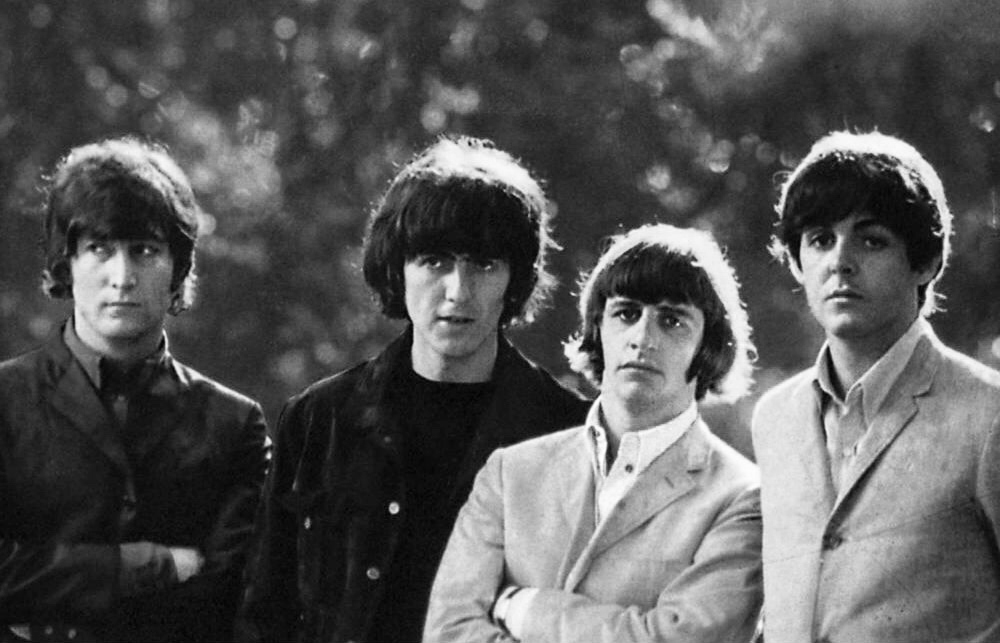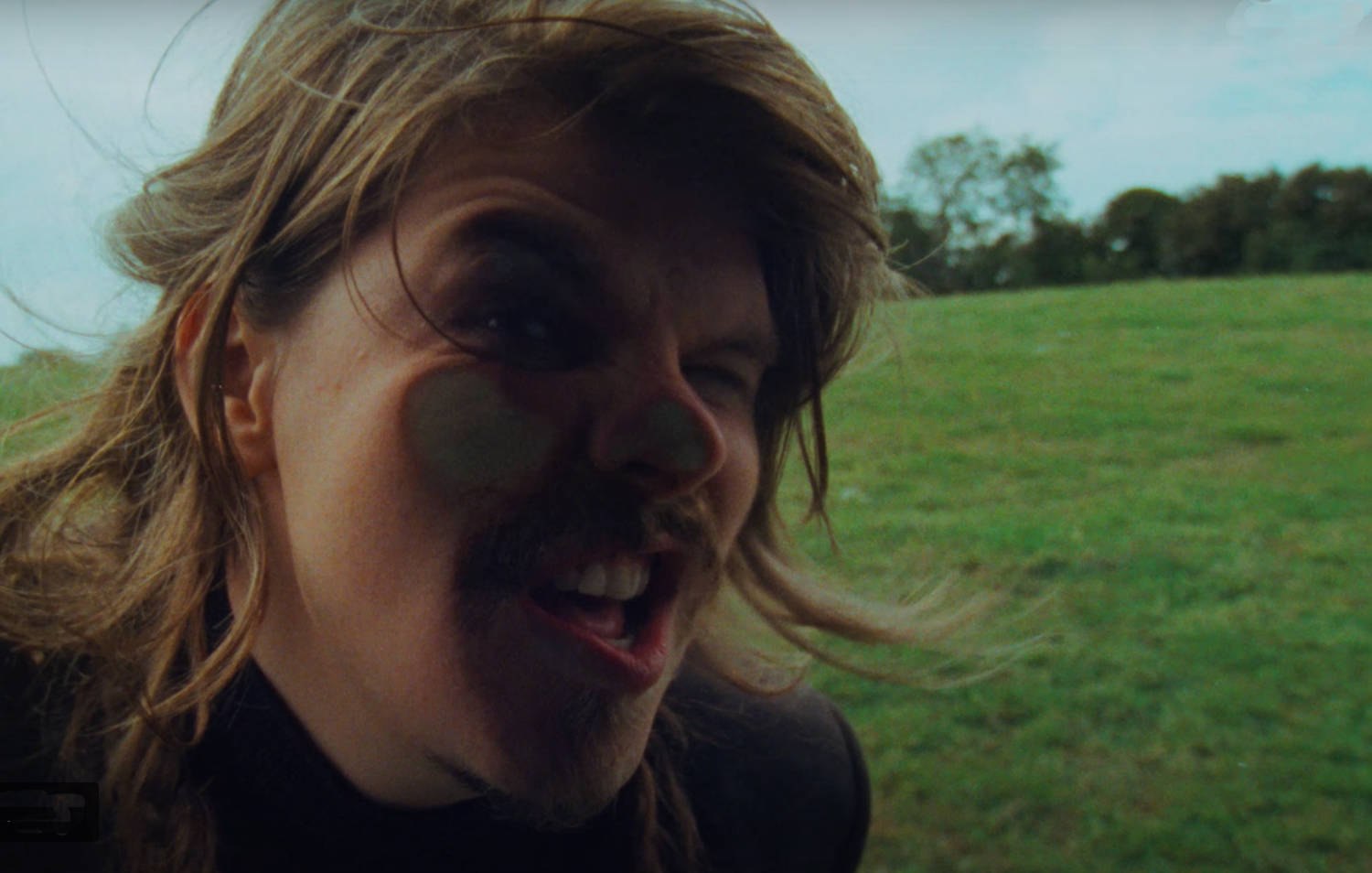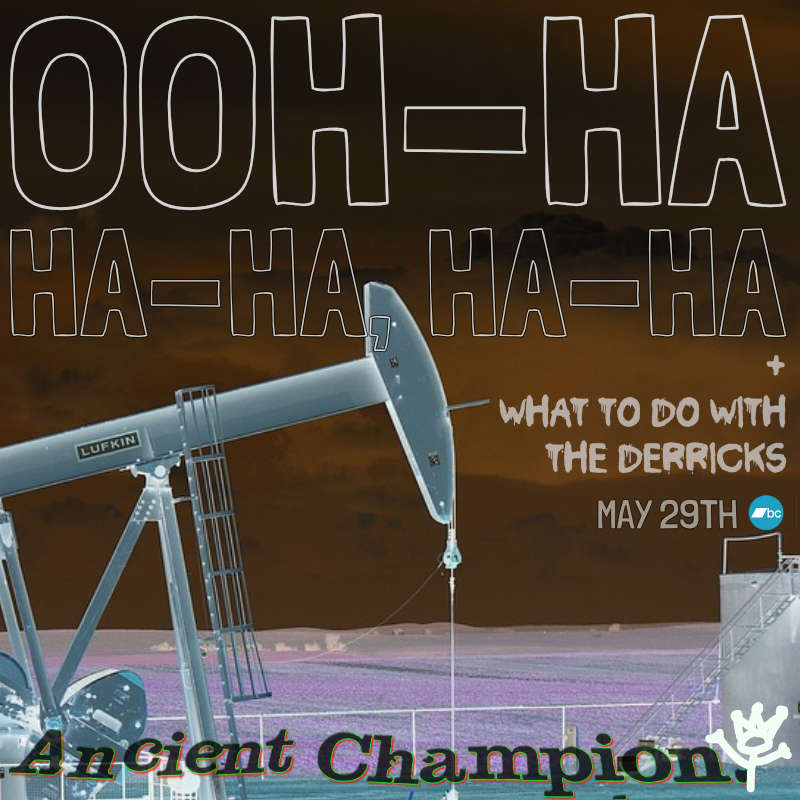'The NID Tapes: Electronic Music from India 1969-1972' (The State 51 Conspiracy)
‘Subcontinental Synthesis: Electronic Music at the National Institute of Design, India 1969–1972’ (Strange Attractor Press)
It's not just pale white boys and girls who can lay claim to electronic music innovation. Whilst we have become used to psychedelia, synth-pop, acid, rave, soundtracks, and all flavours of electronic music since its earliest inception being dominated by largely white faces (with the exception of rap), including the inventors of the technology itself like Bob Moog, recordings recently discovered at India’s National Institute of Design (NID) show that Indian artists too were busy making early synth music. Back in 1969, strange and other wordly sounds were being created in India by Indian musicians, often in the face of hostility from the establishment and the Indian Government. How that came to be uncovered is a fascinating story in itself. It all began in 2017 when UK electronic musician Paul Purgas was attempting to track down the Moog synthesizer the American experimentalist David Tudor (who previously toured with John Cage) used while in India. In the process he discovered Tudor had used the Moog and some homemade modular devices to create some of India’s earliest electronic music in the period between 1969 and 1972.
That process involved Tudor setting up a studio in the fledgling National Institute of Design in Ahmedabad in the Western State of Gujarat in October 1968 to house India’s very first Moog synthesizer (in those days a huge and expensive modular system costing as much as a house). He was supported in this task by wealthy Indian merchants Gautam and Gira Sarabhai, who espoused a more radical approach to education with Gita having previously studied with John Cage in New York in the 1940's. The studio was initially overseen by Tudor, who acted as both a teacher of sorts and also a sound artist over his three-month residency there. The studio and its impressive synthesiser certainly caught the imagination of the NID, resulting in a light and sound event being held on the campus that attracted an audience of 20,000. That the sounds were so alien and unlike anything they had ever heard before must have been a real eye-opener to the local population.
Purgas travelled to Ahmedabad to follow the story up further and whilst combing through the archives at the NID discovered in a cupboard 27 reels of tape spanning the three years of the studio's operational history. These were subsequently restored and digitised back in England and featured in a 2020 BBC radio documentary ‘Electronic India’.
Sadly, for the studio and India’s early electronic music pioneers, the moment didn’t last though, with the NID caught up in a tide of changing political circumstances resulting in pressure for the Institute to become more formal in the ways it taught, ultimately stifling musical creativity and limiting experimentation. President Nixon’s decision to support Pakistan in the Indo-Pakistan War also meant that funding from American foundations began to dry up. Access to the Institute’s Moog synthesizer had to be restricted due to the eye watering cost of repairing any damage, meaning the last recording on the instrument was made in 1972 and heralded the end of a brief but exciting period in the musical history of India. That is not to say that electronic music ceased to exist in the country, but without any other function, such as the TV and radio soundtrack work carried out by the BBC Radiophonic workshop (most famously, the Dr Who theme tune) to generate income, or the support of the Government and educational establishment, this unique focal point and free form learning faculty was no more.
Fortunately, excerpts from those precious 27 reels of tape were released in October 2023 by UK label ‘The State 51 Conspiracy’, as a vinyl double album ‘The NID Tapes: Electronic Music from India 1969-1972’, According to the label's Bandcamp site these recordings were of pioneering electronic composers, which “included musician and poet Atul Desai, NID teachers and technicians I.S. Mathur and S.C. Sharma, Gita Sarabhai, and a young architecture student Jinraj Joshipura who was just 19 years old at the time, exploring analogue synthesis, tape collages, voice experiments and field recordings revealing a meeting point of Western and Indian avant-garde traditions.” There is even one of Tudor’s own compositions included. You can listen to all of these on the label's Bandcamp site (and even order the album if you like). Whilst many of these sound not unlike the sorts of unstructured messing around with modular synths you can find anywhere on the internet now, to fully appreciate their true significance you have to imagine just how very different and revolutionary these must have sounded at the time and visualise these sounds being broadcast at volume with accompanying light show to that audience of 20,000 in the grounds of the NID back in 1969.
To accompany the release a book by Paul Purgas has been published titled ‘Subcontinental Synthesis: Electronic Music at the National Institute of Design, India 1969–1972’ on the cultural and political situation surrounding the studio including a CD of The NID Tapes and a contribution by that young architecture student Jinraj Joshipura – now the last surviving composer from the NID.
https://state51.bandcamp.com/album/the-nid-tapes-electronic-music-from-india-1969-1972
